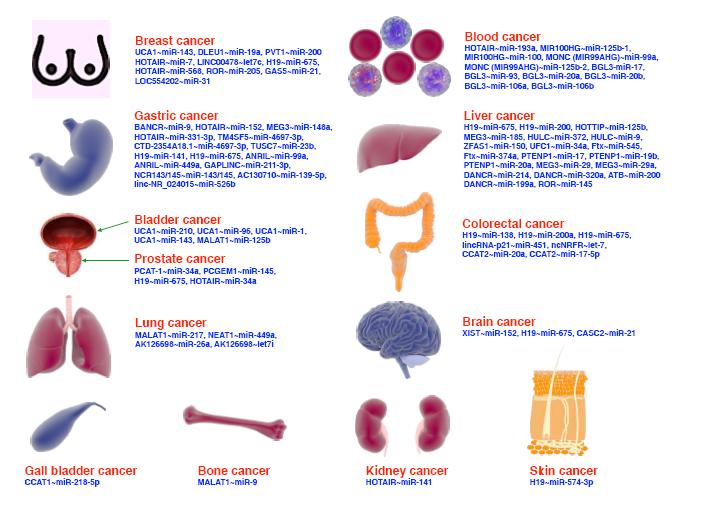| 1. |
Cassini A, Högberg LD, Plachouras D, et al. Attributable deaths and disability-adjusted life-years caused by infections with antibiotic-resistant bacteria in the EU and the European Economic Area in 2015: a population-level modelling analysis. Lancet Infect Dis, 2019, 19(1): 56-66.
|
| 2. |
Gulati G, Song J, Florea AD, et al. Purpose and criteria for blood smear scan, blood smear examination, and blood smear review. Ann Lab Med, 2013, 33(1): 1-7.
|
| 3. |
Peri AM, Harris PNA, Paterson DL. Culture-independent detection systems for bloodstream infection. Clin Microbiol Infect, 2022, 28(2): 195-201.
|
| 4. |
Garvey G, Shakarisaz D, Ruiz-Ruiz F, et al. Microretroreflector-sedimentation immunoassays for pathogen detection. Anal Chem, 2014, 86(18): 9029-9035.
|
| 5. |
Jain M, Olsen HE, Paten B, et al. The Oxford Nanopore MinION: delivery of nanopore sequencing to the genomics community. Genome Biol, 2016, 17(1): 239. doi: 10.1186/s13059-016-1103-0.
|
| 6. |
van Dijk EL, Jaszczyszyn Y, Naquin D, et al. The third revolution in sequencing technology. Trends Genet, 2018, 34(9): 666-681.
|
| 7. |
Sun Y, Li X, He J, et al. Rapid diagnosis of Mycoplasma pneumoniae and prediction of antibiotic resistance by nanopore adaptive sampling. iLABMED, 2024, 2(4): 266-276.
|
| 8. |
Cheng H, Sun Y, Yang Q, et al. A rapid bacterial pathogen and antimicrobial resistance diagnosis workflow using Oxford nanopore adaptive sequencing method. Brief Bioinform, 2022, 23(6): bbac453.
|
| 9. |
Larsson DGJ, Flach CF. Antibiotic resistance in the environment. Nat Rev Microbiol, 2022, 20(5): 257-269.
|
| 10. |
Pendleton KM, Erb-Downward JR, Bao Y, et al. Rapid pathogen identification in bacterial pneumonia using real-time metagenomics. Am J Respir Crit Care Med, 2017, 196(12): 1610-1612.
|
| 11. |
Trulock EP. Lung transplantation. Am J Respir Crit Care Med, 1997, 155(3): 789-818.
|
| 12. |
Rose TM. CODEHOP-mediated PCR— a powerful technique for the identification and characterization of viral genomes. Virol J, 2005, 2: 20. doi: 10.1186/1743-422X-2-20.
|
| 13. |
Kritikos A, Manuel O. Bloodstream infections after solid-organ transplantation. Virulence, 2016, 7(3): 329-340.
|
| 14. |
Burguete SR, Maselli DJ, Fernandez JF, et al. Lung transplant infection. Respirology, 2013, 18(1): 22-38.
|
| 15. |
Restrepo A, Clark NM; Infectious Diseases Community of Practice of the American Society of Transplantation. Nocardia infections in solid organ transplantation: Guidelines from the Infectious Diseases Community of Practice of the American Society of Transplantation. Clin Transplant, 2019, 33(9): e13509.doi: 10.1111/ctr.13509.
|
| 16. |
Schmaldienst S, Dittrich E, Hörl WH. Urinary tract infections after renal transplantation. Curr Opin Urol, 2002, 12(2): 125-130.
|
| 17. |
Deamer D, Akeson M, Branton D. Three decades of nanopore sequencing. Nat Biotechnol, 2016, 34(5): 518-524.
|
| 18. |
Technologies ON. Input DNA/RNA QC. https://nanoporetech.com/document/input-dna-rna-qc#assessing-input-rna. 2024: 13.
|
| 19. |
De Coster W, D’Hert S, Schultz DT, et al. NanoPack: visualizing and processing long-read sequencing data. Bioinformatics, 2018, 34(15): 2666-2669.
|
| 20. |
De Coster W, Rademakers R. NanoPack2: population-scale evaluation of long-read sequencing data. Bioinformatics, 2023, 39(5): btad311. doi: 10.1093/bioinformatics/btad311.
|
| 21. |
Li H. Minimap2: pairwise alignment for nucleotide sequences. Bioinformatics, 2018, 34(18): 3094-3100.
|
| 22. |
Li H. New strategies to improve minimap2 alignment accuracy. Bioinformatics, 2021, 37(23): 4572-4574.
|
| 23. |
Kim D, Song L, Breitwieser FP, et al. Centrifuge: rapid and sensitive classification of metagenomic sequences. Genome Res, 2016, 26(12): 1721-1729.
|
| 24. |
Wood DE, Lu J, Langmead B. Improved metagenomic analysis with Kraken 2. Genome Biol, 2019, 20(1): 257. doi: 10.1186/s13059-019-1891-0.
|
| 25. |
Wu Z, Che Y, Dang C, et al. Nanopore-based long-read metagenomics uncover the resistome intrusion by antibiotic resistant bacteria from treated wastewater in receiving water body. Water Res, 2022, 226: 119282. doi: 10.1016/j.watres.2022.119282.
|
| 26. |
Nurk S, Meleshko D, Korobeynikov A, et al. metaSPAdes: a new versatile metagenomic assembler. Genome Res, 2017, 27(5): 824-834.
|




